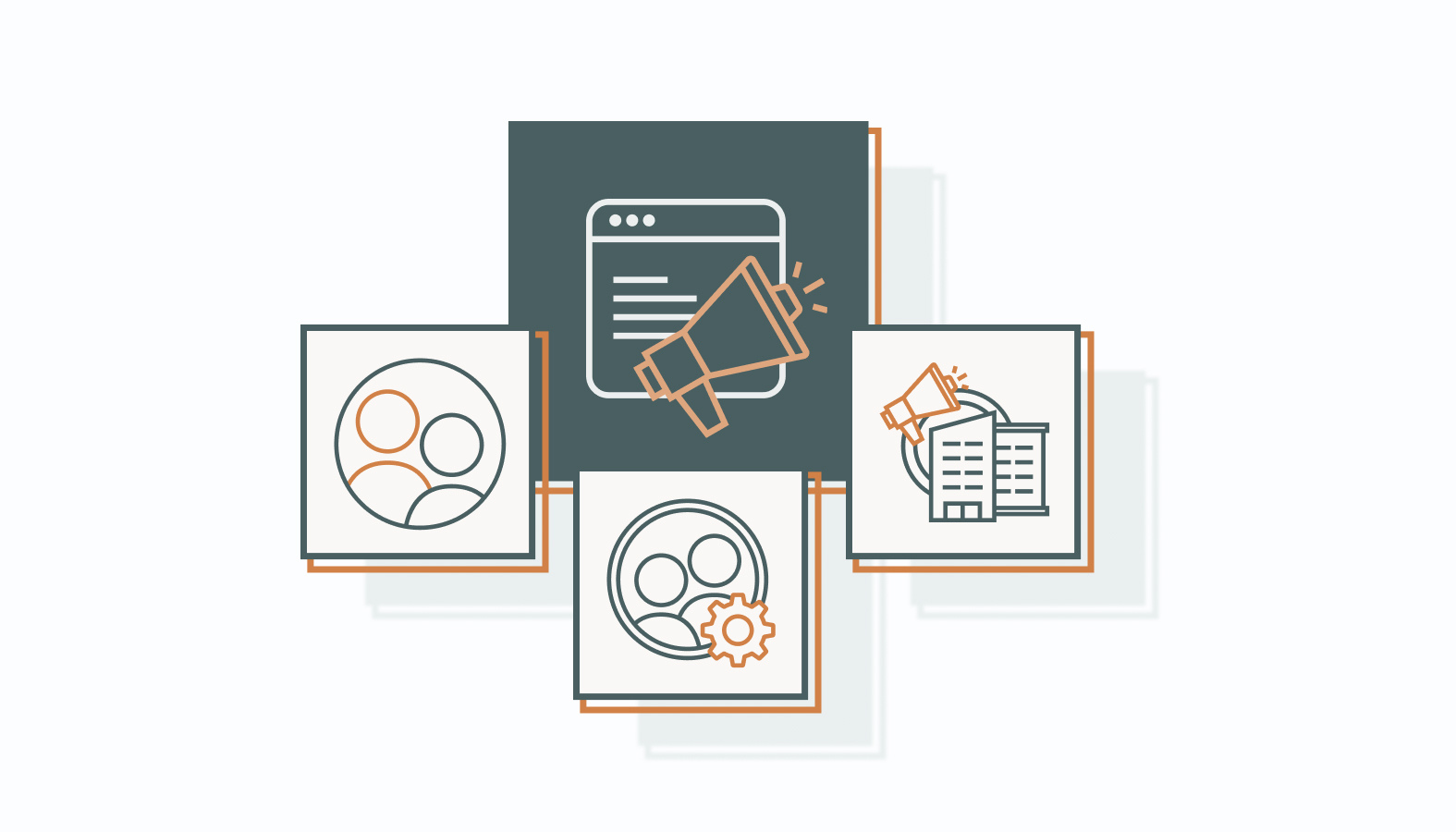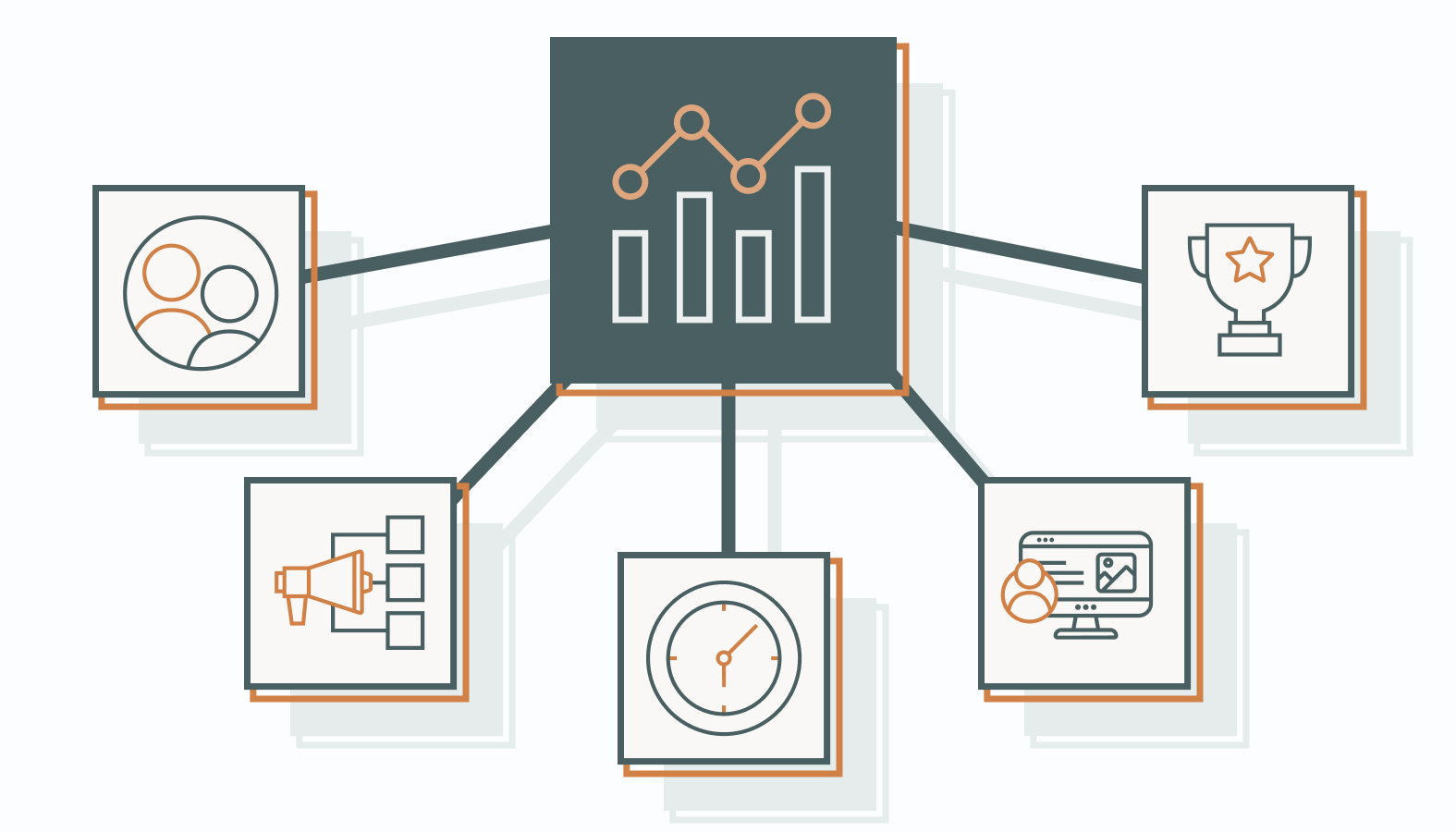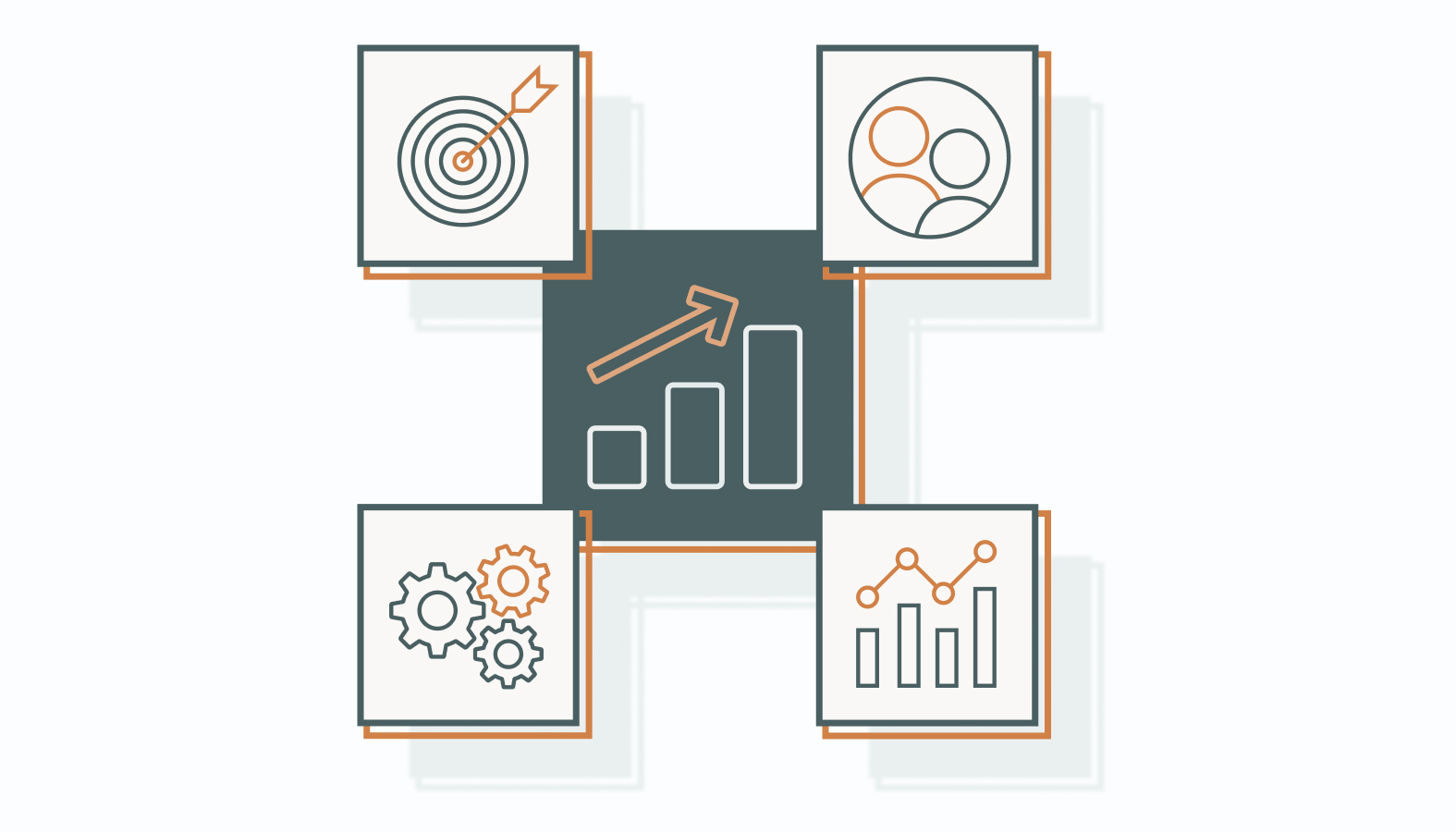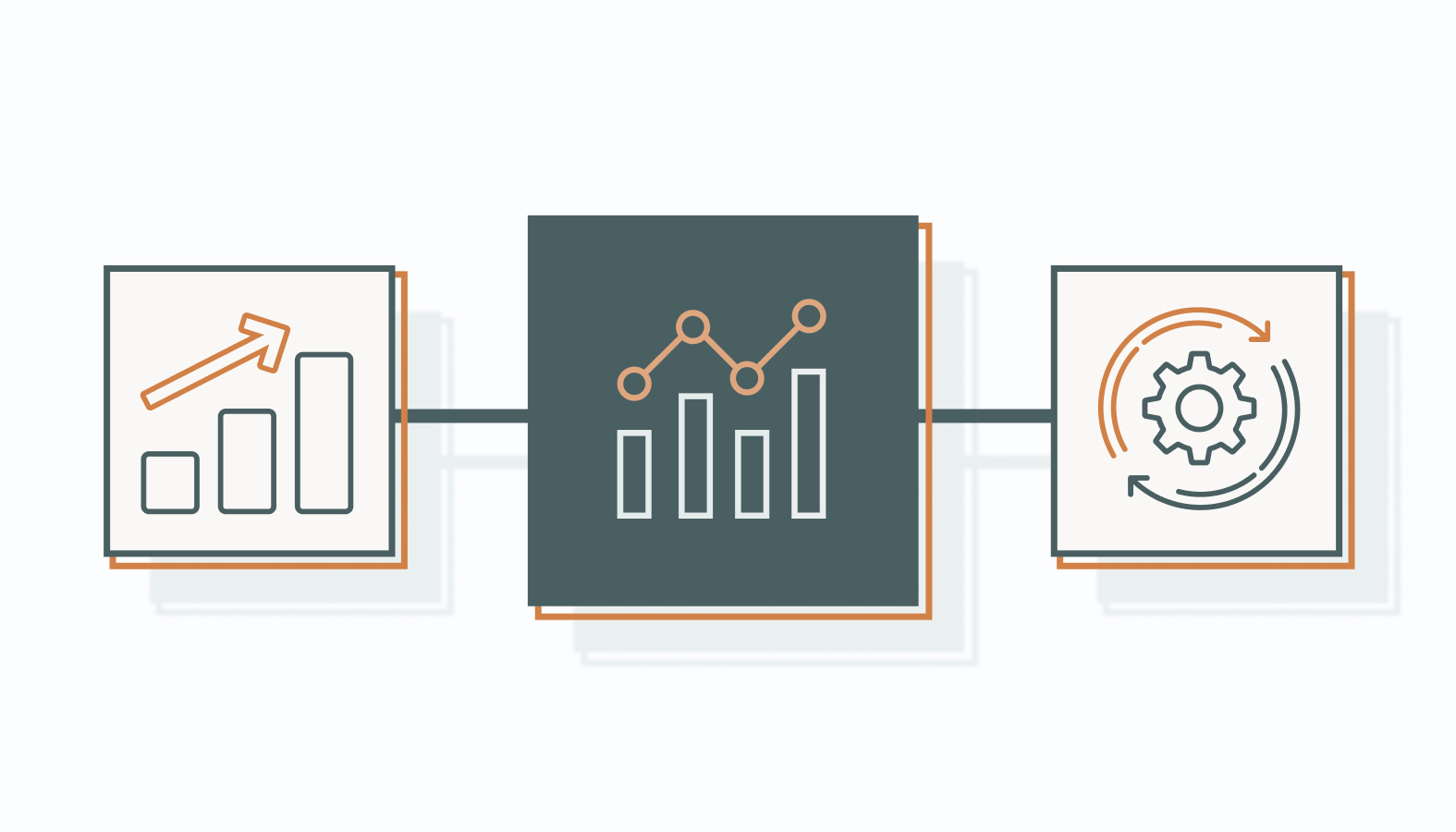Marketing used to run on gut instinct and bold ideas. Today, it runs on something much more precise: data. The role of data in modern marketing has shifted from supportive to central, reshaping how brands understand customers, design campaigns, and measure success.
The problem isn’t a lack of data. You already have more than you know what to do with. The real challenge is turning scattered numbers into clarity, alignment, and action that moves the needle.
This is where data analytics changes the game. It gives your team the ability to cut through the noise, focus on what matters, and build strategies that actually perform.
The question is no longer whether to use data, but how to use it well. Let’s break down how data is redefining modern marketing and what it takes to make it work for you.
Understanding the Impact of Data in Modern Marketing
Data isn’t just along for the ride in marketing anymore – it’s the engine. Every click, comment, and conversion adds fuel, giving you the intel to move faster, target smarter, and stay ahead of competitors.
But here’s the catch: data only works if you know what you’re looking at and where it’s coming from.
Types of Data Marketers Can’t Ignore
- Customer Data: This is your goldmine. It shows you what people actually do (how they shop, what they like, and where they drop off). When you get it right, your campaigns stop feeling like ads and start feeling like real conversations with your audience.
- Competitive Data: Think of this as your behind-the-scenes access. Watching what competitors are doing (and what they’re missing) helps you find opportunities, sharpen your edge, and avoid making the same mistakes.
- Market Data: This is the wide-angle lens. By keeping tabs on trends, economic shifts, and demographics, you can spot changes early and adjust before your customers even know their needs are shifting.
Where the Data Comes From (and Why It Matters)
Knowing the types of data is step one. Step two is figuring out where that data comes from (because not all sources are created equal). Some give you reliable insights you can act on right away. Others? Just noise you’ll need to filter.
The key is balance. You want speed without sacrificing accuracy. Move too slow and you miss opportunities; move too fast on bad intel and you burn resources.
Here’s how the most common sources stack up:
- Surveys and Feedback: When customers tell you exactly what they think, you’re hearing it straight from the source. Surveys, polls, and feedback forms can uncover frustrations, motivations, and needs you won’t find in the numbers alone.
The caveat? It’s self-reported. Answers depend on who’s responding and how honest they feel like being. A thoughtful, well-structured survey is gold. A sloppy one? Just noise.
- Web Analytics: Your website is basically a 24/7 focus group. Tools like Google Analytics track every click, bounce, and conversion path, revealing what people actually do instead of what they claim to do.
That makes it one of the most dependable sources you have. It highlights friction points, shows you where engagement drops off, and provides the hard truth about how well your site is actually performing.
- Social Media Insights: Social platforms are a real-time pulse check. Likes, shares, comments, and click-throughs tell you how your audience feels in the moment.
But take it with a grain of salt. Algorithms decide what gets visibility, which can skew results. If you treat social analytics as signals instead of absolutes, you’ll stay focused on what matters instead of chasing vanity metrics.
- Third-Party Data Providers: Sometimes you need the bird’s-eye view. Third-party providers aggregate data across industries, regions, or demographics to reveal broader patterns that your own channels may not show you.
This can open up new opportunities, but remember: the quality of the insight depends entirely on the provider’s methodology. Always vet the source before basing big decisions or budgets on it.
Used together, these sources provide both the microscope and the telescope: the close-up view of individual behavior and the big-picture view of the market. That’s the mix that takes you from reactive to predictive and gives you the kind of edge your competitors won’t see coming.
Benefits of Data Analytics in Marketing
Data analytics isn’t just number-crunching. It’s the engine room where raw information turns into real advantage. Done right, it gives you the clarity to pivot faster, design smarter campaigns, and create experiences customers actually value.
Here are five reasons why mastering analytics should be at the top of your priority list:
1) Gaining Deeper Customer Insights
Every interaction leaves a breadcrumb trail. Purchases, browsing habits, and even social likes all reveal what people care about, not just what they say.
- Netflix uses viewing data to recommend shows with eerie accuracy.
- Amazon does the same with purchase histories, lining up suggestions that feel tailor-made.
The takeaway? When you understand your customers this well, you stop guessing. You start delivering.
2) Boosting Campaign Effectiveness
Think of analytics as your spotlight. It shows what’s driving results and what’s just burning budget.
- Metrics like click-throughs, conversions, and engagement reveal weak spots fast.
- Layer in A/B testing, and you’ve got proof of what works instead of gut feel.
With tools like Google Analytics, you can keep campaigns tuned for impact instead of hoping they land.
3) Enabling Real-Time Decision Making
Markets don’t wait. Yesterday’s data won’t save you when trends shift by the hour.
Real-time analytics keeps you nimble. Platforms like Tableau or Power BI turn live data streams into dashboards that make direction crystal clear.
See what’s happening now, act while it matters, and stay a step ahead.
4) Enhancing Personalization and Customer Experience
Customers expect brands to “get” them. Analytics makes that possible at scale.
Starbucks nails this through its app, sending offers based on your habits. It feels personal, but it’s pure data science.
When personalization is done right, it’s not a gimmick. It’s why people choose you over the brand next door and why they keep coming back.
5) Achieving a Competitive Edge
The biggest win? Seeing tomorrow before your competitors do.
Predictive analytics flags trends and behaviors early, so you’re already adjusting while others are scrambling. Spotify does this with playlists that keep users hooked, leaving rivals chasing their tail.
From forecasting demand to refining products, predictive insight turns marketing from reactive to proactive. And that’s where the edge sharpens.
Data analytics doesn’t kill creativity – it supercharges it. When insight drives your strategy, you create campaigns that hit today and adapt for tomorrow. That’s not staying competitive. That’s leading.
Challenges of Data Analytics Implementation
Every marketer wants the upside of analytics. But the road isn’t always smooth. Privacy rules are tightening, teams often lack the right skill sets, and tech budgets get scrutinized more than ever. None of these are deal-breakers, but they do require smart planning.
Addressing Data Privacy Concerns
In today’s data economy, trust is everything. Mishandle personal information and you lose it fast. Regulations like the GDPR in Europe and the CCPA in California establish clear guidelines: collect data responsibly, store it securely, and be transparent about how it’s used.
The smartest brands go further than just ticking the compliance box:
- Collect with purpose. Don’t grab data you’ll never use.
- Be upfront. Show customers how sharing info makes their experience better.
- Lock it down. Encryption, access controls, and routine audits should be business as usual.
Strong privacy practices don’t just keep you legal. They build credibility, and that credibility makes customers more willing to share the insights that fuel better marketing.
Meeting Skill Requirements
Analytics is only as good as the people behind it. You need folks who can speak both data and marketing, and that’s not an easy combo to find. The solution isn’t always hiring; it’s often upskilling.
Platforms like Coursera and Udemy make technical training accessible, while cross-team workshops help bridge the gap between analysts and marketers. Pair that with a culture of continuous learning, and suddenly your team is spotting patterns, interpreting reports, and uncovering opportunities competitors miss.
Managing Technology Investments
Analytics tools can be game-changers. However, they’re not inexpensive, and selecting the wrong one can drain budgets without yielding results. When you’re weighing options, ask three simple questions:
- Will it scale? Your data will only continue to grow, so your tools need to keep pace.
- Will it integrate? Disconnected systems waste time and hide insights.
- Is the value clear? Look beyond the sticker price and think about the total cost of ownership.
Cloud-based platforms often hit the sweet spot: lower upfront costs, easy scaling, and fewer headaches. The real win is choosing a system that fits your team today and won’t box you in tomorrow.
Yes, analytics has hurdles. But none of them are brick walls. With strong privacy practices, continuous skill-building, and smart tech choices, you move from simply managing data to actually mastering it. And mastery is what turns analytics from a burden into your biggest competitive advantage.
How to Integrate Data Analytics into Your Marketing Strategy
Data analytics only works when it’s wired into the heart of your marketing engine. Skimming dashboards on the side won’t cut it. The real payoff comes when insights guide decisions, shape campaigns, and influence culture, which then turn raw numbers into moves that actually matter.
Start with Business Objectives
Every strong strategy begins with a clear destination. Analytics is no different. Before you spin up reports, lock in on the outcomes that matter most – whether that’s boosting retention, cutting wasted spend, or cracking into new markets.
- Run a quick needs assessment. Tie analytics directly to goals so you’re solving real problems, not creating busywork.
- Prioritize what matters. Select projects with measurable upside and evaluate them based on impact, cost, and alignment with strategy.
That’s how you separate insights that drive the business from noise that clogs your inbox.
Build a Cross-Functional Power Team
Analytics isn’t a one-person show. You need marketers, analysts, and technologists pulling in the same direction. When they operate in silos, valuable insights never see the light of day.
- Keep communication open. Regular syncs ensure everyone is aware of what’s being measured and why.
- Cross-train the team. Help marketers speak data, and help analysts understand business priorities. That overlap sparks sharper collaboration.
When context is shared, decisions move faster, campaigns get smarter, and fewer signals are lost in translation.
Pick Tools That Actually Work for You
Your analytics stack should serve your business, not the other way around. Choose tools with enough horsepower to grow with your data, but flexible enough to fit into your existing systems.
Key filters when evaluating options:
- Scalability: Can it handle tomorrow’s complexity, not just today’s?
- Integrations: Does it sync smoothly with your CRM, CMS, and ad platforms?
- Usability: Can people actually use it without needing a PhD?
The right tech doesn’t just collect data. It makes insights accessible, actionable, and scalable.
Build a Data-Driven Culture
The companies pulling ahead aren’t the ones with the fanciest dashboards. They’re the ones where decisions default to data instead of assumptions.
- Raise data literacy. Train your team so more people can interpret, question, and act on insights.
- Reward experimentation. Make it safe to test, learn, and adapt based on results. A culture that values iteration gets sharper with every cycle.
When data becomes part of your operating DNA, every decision gains precision, and every campaign has a better shot at success.
Integrating analytics isn’t about tacking on another tool. It’s about reshaping how your entire marketing operation thinks and acts. With clear goals, collaborative teams, the right tech, and a culture built on data, analytics stops being a back-office function. It becomes the fuel for sustainable growth.
Customer Analytics Evolution: Trends Shaping the Future of Data
Customer analytics isn’t slowing down; it’s leveling up. New technology and higher customer expectations are rewriting the rulebook, giving marketers sharper ways to read behavior and act on it in real-time.
Here’s what’s shaping the future:
- Real-time intelligence. No more waiting weeks for reports. With live data streams, you can spot what’s happening right now and pivot while it matters.
- Personalization at scale. Customers expect brands to know them everywhere. Smarter analytics makes those tailored experiences possible across every touchpoint.
- Data ethics. Privacy isn’t a checkbox anymore. Transparent and responsible data use earns trust and provides you with more of the data you need to continue improving.
- Predictive analytics. Instead of reacting, get ahead. From smarter inventory to sharper targeting, you’ll be ready before demand spikes.
- Sentiment analysis. Beyond numbers, you’re reading tone and emotion in reviews, chats, and social buzz. That insight helps refine messaging and deepen engagement.
This is where marketers graduate from “what happened” reporting to actually shaping what comes next.
AI + Machine Learning: Supercharging Insights
AI isn’t just hype. It’s turning huge datasets into crystal-clear action.
- AI-driven personalization. Just like streaming platforms, brands can deliver eerily accurate product suggestions.
- Churn prediction. Algorithms flag when customers are at risk of leaving, giving you a chance to win them back before they walk away.
Staying Agile with Shifting Behavior
Customers don’t sit still, and neither can your strategy. Segmentation based on real behavior (not just age and zip code) helps you adapt as habits evolve.
Pair that with ongoing trend monitoring, and you’ll stay one step ahead of competitors still stuck in last quarter’s playbook.
From Data to Dominance
Data is the power source behind today’s best marketing. The companies leading the pack are plugging analytics into every decision. That means they see shifts in the market sooner, understand their customers on a deeper level, and pivot before anyone else knows what’s happening.
When you use data effectively, it stops being just numbers on a dashboard. It becomes your playbook. Smarter campaigns. Sharper personalization. Real-time moves that actually land. It’s what turns marketing from an expense into a growth engine.
The brands investing in tools, skills, and a culture of insight aren’t just keeping up; they’re setting the pace.
Ready to Put Data to Work?
The future belongs to marketers who treat analytics as fuel, not an afterthought. If you want to turn raw information into a competitive edge, let’s talk.
No jargon. No hard sell. Just a clear conversation about your goals, your roadblocks, and how a smarter approach to data can help you move faster and win bigger.
Schedule a chat with our team and let’s start turning your data into decisions that drive real growth.










